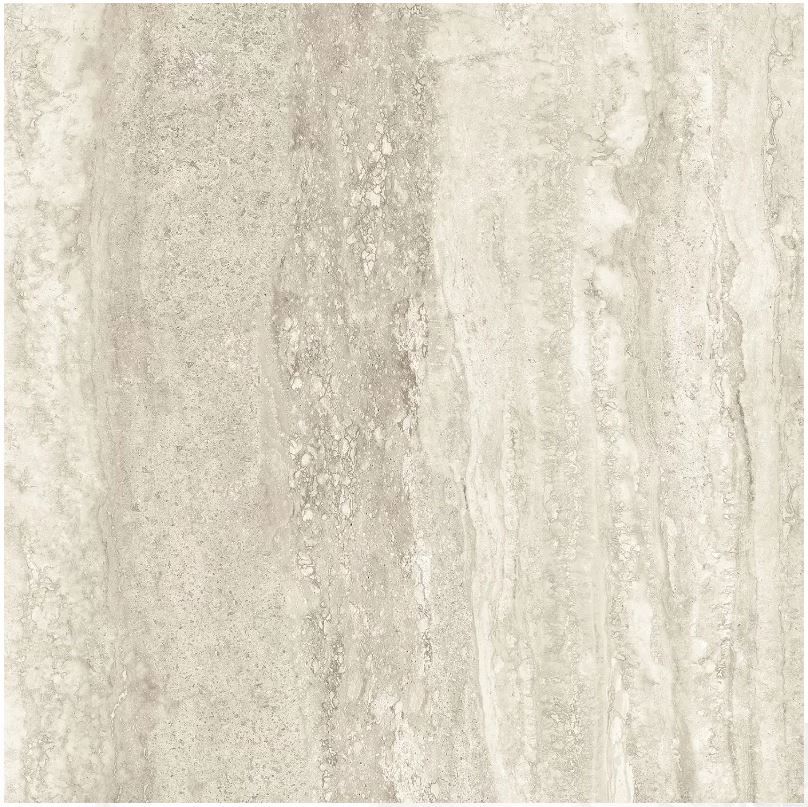OUR PRODUCTS
Wall Tile & Limestone Shipped to Frankston, Mornington Peninsula & Melbourne
Tiles
All Tiles
Australian Made Tiles
European Made Tiles
Italian Terrazzo
Shop by Type
20mm Outdoor Porcelain Pavers
Encaustic Look Tiles
Feature Tiles & Mosaics
Floor Tiles
Outdoor Tiles
Pool Mosaics
Subway Tiles
Timber Look
Wall Tiles
Shop by Colour
Beige
Black
Blue
Brown
Cream
Dark Grey
Green
Light Grey
Orange
Pink
Red
Terracotta
White
Yellow
Shop by Size
75mm x 75mm
75mm x 150mm
75mm x 300mm
100mm x 100mm
108mm x 60mm
120mm x 120mm
125mm x 62.5mm
125mm x 125mm
132mm x 132mm
145mm x 45mm
150mm x 50mm
150mm x 150mm
160mm x 160mm
200mm x 50mm
200mm x 65mm
200mm x 75mm
200mm x 100mm
200mm x 200mm
230mm x 60mm
230mm x 115mm
240mm x 60mm
242mm x 58mm
246mm x 60mm
250mm x 60mm
280mm x 70mm
300mm x 50mm
300mm x 60mm
300mm x 100mm
300mm x 300mm
330mm x 65mm
370mm x 60mm
400mm x 50mm
450mm x 50mm
450mm x 450mm
500mm x 500mm
300mm x 600mm
300mm x 900mm
600mm x 100mm
600mm x 600mm
300mm x 600mm x 20mm
600mm x 600mm x 20mm
660mm x 440mm
900mm x 150mm
900mm x 450mm
900mm x 600mm
900mm x 900mm
1200mm x 200mm
1200mm x 230mm
1200mm x 300mm
1200mm x 400mm
1200mm x 600mm
1200mm x 1200mm
1200mm x 600mm x 20mm
1490mm x 230mm
1500mm x 240mm
1500mm x 750mm
French Pattern
Shop by Budget
$0.00m2 - $19.99m2
$20.00m2 - $39.99m2
$40.00m2 - $59.99m2
$60.00m2 - $79.99m2
$80.00m2 +
Shop by Look
Bluestone Look
Carrara & Calacatta Marble Look
Concrete Look
Encaustic Look
Handmade Look
Limestone Look
Marble Look
Metallic Look
Mosaics
Plain Colour
Plain White
Slate Look
Stone Look
Terrazzo Look
Timber Look
Travertine Look
Natural Stone
Bluestone in Melbourne
Cobblestones, Filleti & Batons
Crazy Paving
Granite Stones in Melbourne
Limestone
Marble
Pool Coping
Sandstone in Melbourne
Slate & Quartz
Stackstone & Loose Cladding
Stepping Stones
Travertine Stone Melbourne
Stone & Tile Accessories
Adhesives
Cleaners & Sealers
Grouts & Silicones
Skimmer Lids & Drain Covers
Tools
Stone Basins
TWO STOREY CRANE TRUCKS FOR EASY DELIVERIES
Call us today for more information or to request a free project quote.
GET STARTED

